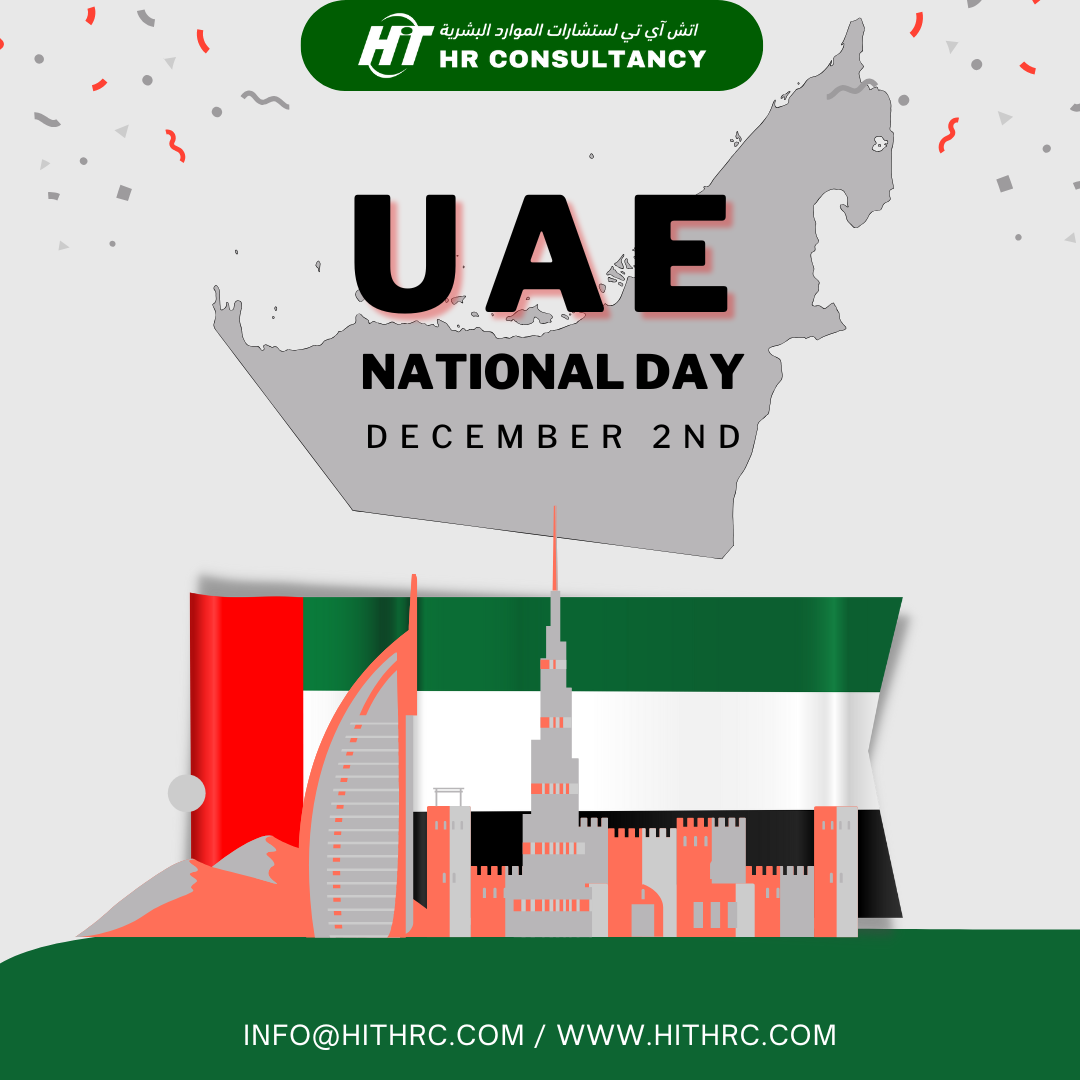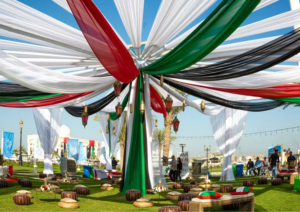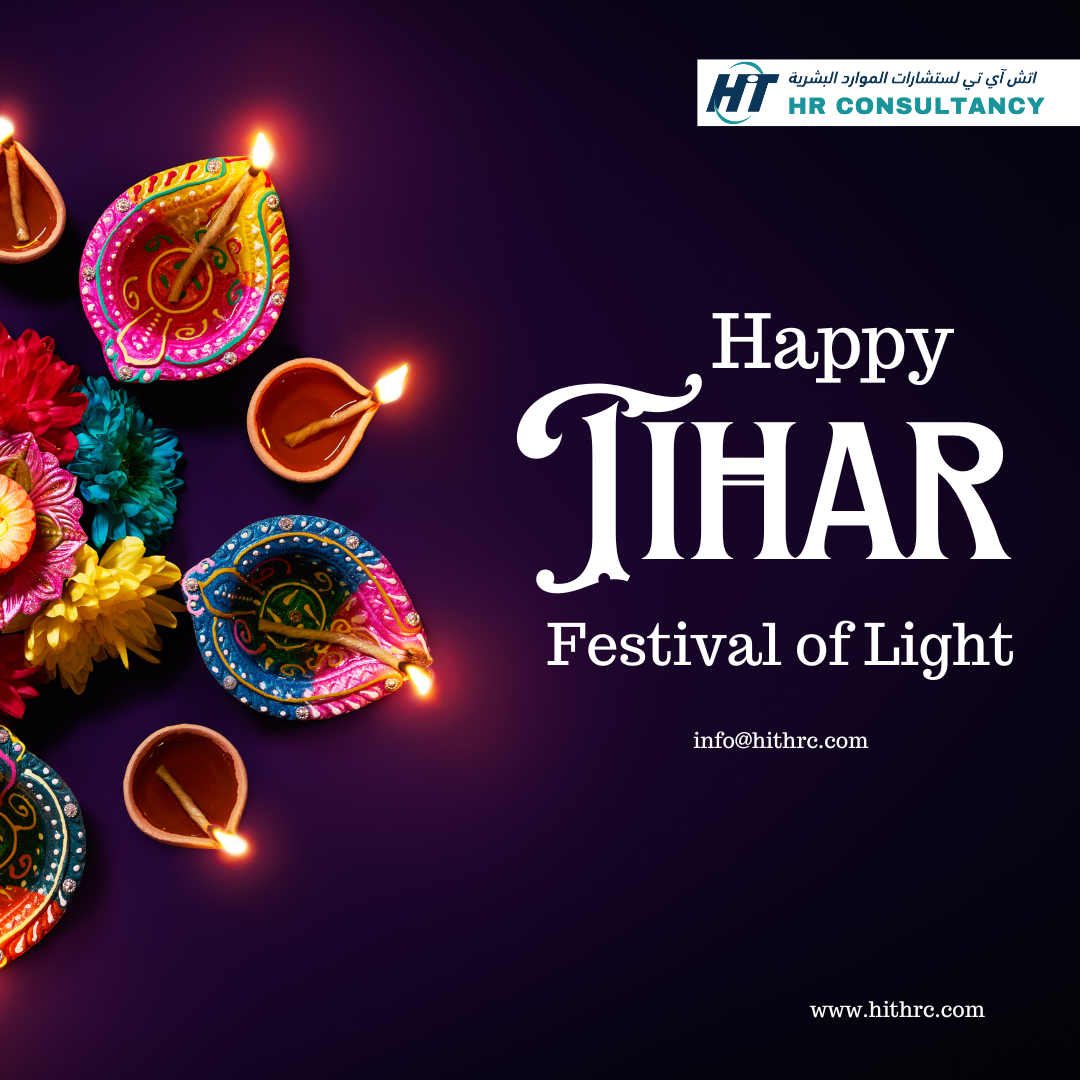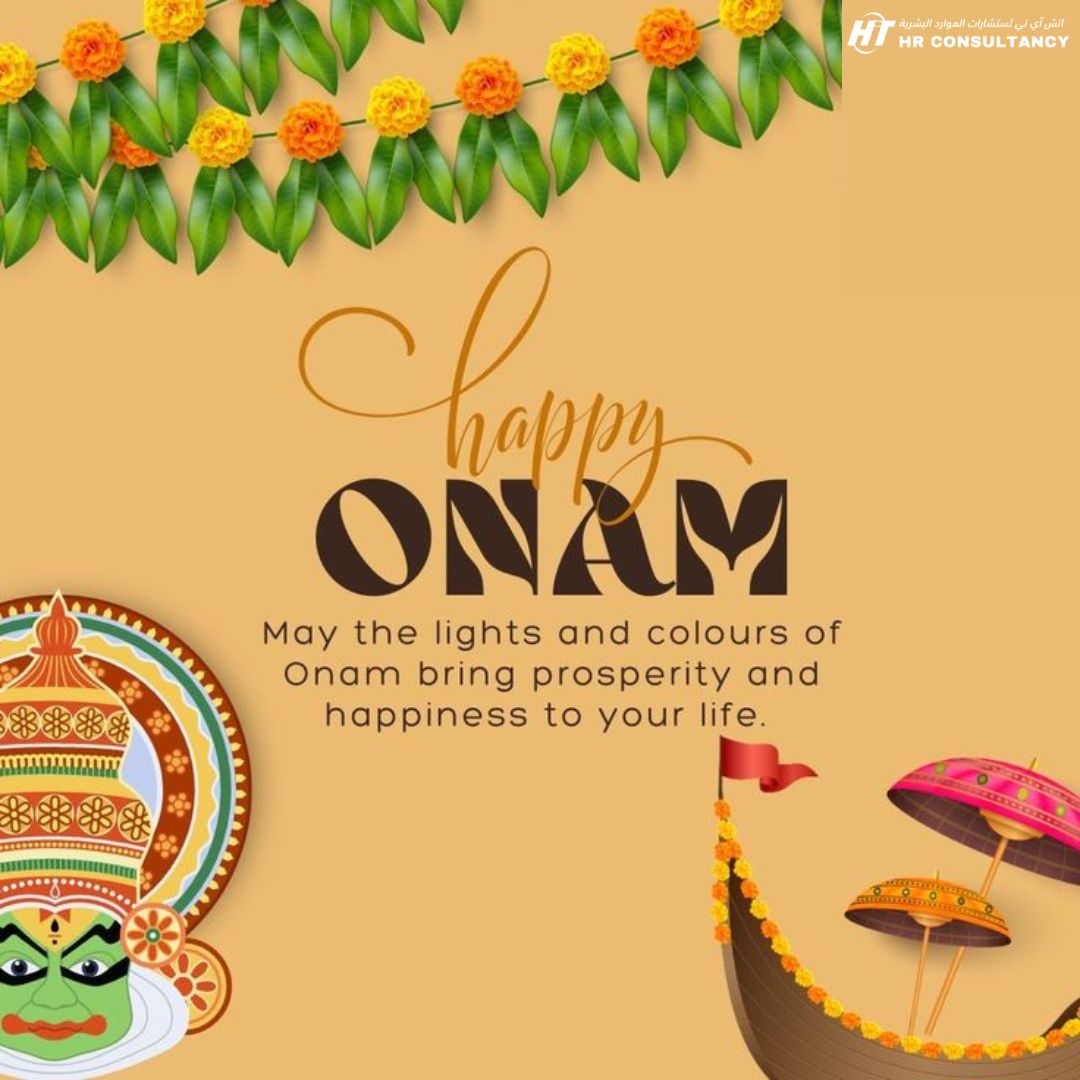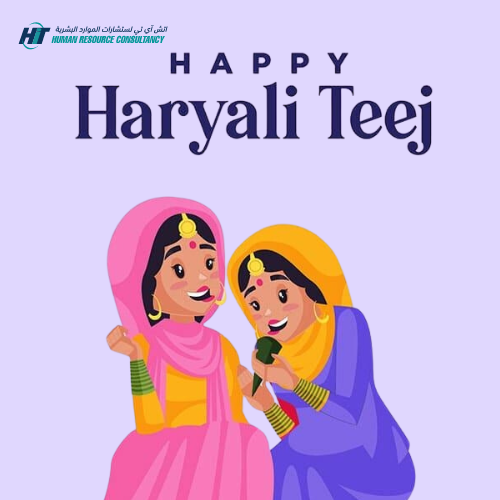✅ Global Reach & Expertise – We source, train, and deploy skilled employees to some of the most developed markets in the world.
✅ Industry-Specific Recruitment – Catering to multiple sectors, including construction, healthcare, IT, hospitality, and more.
✅ Quality Assurance – Rigorous screening and verification processes to ensure only the most qualified candidates.
✅ Compliance & Legal Support – Full adherence to international labor laws and country-specific regulations.
✅ Seamless Hiring Process – Efficient and hassle-free recruitment, saving your company time and resources.
Your Trusted Partner in Global Workforce Solutions
Your Trusted Partner in Global Workforce Solutions
At HIT HRC Consultation, we specialize in connecting top-tier talent with renowned companies worldwide. With a strong presence in Europe, Australia, and the UAE, we are committed to providing highly skilled and reliable professionals to meet the dynamic needs of businesses across various industries.
Why Choose HIT HRC?
✅ Global Reach & Expertise – We source, train, and deploy skilled employees to some of the most developed markets in the world.
✅ Industry-Specific Recruitment – Catering to multiple sectors, including construction, healthcare, IT, hospitality, and more.
✅ Quality Assurance – Rigorous screening and verification processes to ensure only the most qualified candidates.
✅ Compliance & Legal Support – Full adherence to international labor laws and country-specific regulations.
✅ Seamless Hiring Process – Efficient and hassle-free recruitment, saving your company time and resources.
Our Key Destinations
🌍 Europe – Supplying skilled professionals to industries such as engineering, healthcare, IT, and hospitality.
🇦🇺 Australia – Meeting workforce demands in construction, mining, agriculture, and corporate sectors.
🇦🇪 UAE – Providing top talent for retail, tourism, logistics, and oil & gas industries.
Partner with Us Today!
Looking for qualified manpower to support your business growth? HIT HRC Consultation ensures the right talent for the right job.
📩 Contact us now to discuss your recruitment needs!
Creating a Productive and Positive Office Environment: Easy Tips for Success
I Wish You A Merry Christmas! December -2024
Christmas, celebrated on December, is a holiday that honors the birth of Jesus Christ, an important figure in Christianity. Over the centuries, Christmas has grown to be one of the most widely celebrated holidays worldwide, cherished both for its religious meaning and for the joy it brings through family, tradition, and festivities.
Religious Significance
For Christians, Christmas is a deeply meaningful holiday. It celebrates Jesus’s birth, viewed as the arrival of the Savior and a symbol of hope, love, and peace. Many people mark the occasion by attending church services, where they listen to the Nativity story—how Jesus was born in Bethlehem to Mary and Joseph, surrounded by animals and visited by shepherds and Wise Men who followed a guiding star. Many churches hold midnight services on Christmas Eve, and families might read Bible passages together at home.
Traditions and Decorations
Christmas is also a time of beautiful decorations. People place Christmas trees in their homes, decorated with lights, ornaments, and often topped with a star or angel. Evergreens like fir or pine trees are used because they stay green through the winter, symbolizing life and resilience. Homes are often adorned with lights, wreaths, stockings, and sometimes nativity scenes depicting the holy family. Streets, shops, and cities also light up with festive displays, creating a magical atmosphere that’s enjoyable for people of all ages.
Gift-Giving and Santa Claus
One of the most beloved Christmas traditions is gift-giving, inspired by the gifts brought to baby Jesus by the Wise Men. Families and friends exchange presents as a way to show appreciation and love for one another. For children, Santa Claus—a jolly, bearded figure in red—adds excitement to the season. Based on Saint Nicholas, a kind man known for his generosity, Santa is said to deliver gifts on Christmas Eve by flying through the sky on a sleigh pulled by reindeer, sneaking down chimneys, and leaving presents for children to find on Christmas morning.
Music, Food, and Festivities
Christmas music, often called carols, is another essential part of the holiday season. Songs like “Silent Night” and “O Holy Night” focus on the religious story, while festive tunes like “Jingle Bells” and “Deck the Halls” celebrate the season’s joy and excitement. Christmas movies, stories, and books are enjoyed by families as they gather around the fire or the tree.
Christmas meals vary by region but are often elaborate, with favorite dishes like roasted meats, vegetables, pies, cakes, and cookies. In many cultures, baking Christmas cookies or preparing a holiday feast is a cherished family activity.
The Spirit of Christmas
While Christmas is rooted in Christian beliefs, it has become a time for everyone to embrace the spirit of love, kindness, and generosity. People of many different cultures and faiths celebrate the season by spending time with loved ones, helping those in need, and enjoying the warmth and cheer of the holiday.
Today, Christmas is celebrated across the globe in many ways, but it remains a time of unity, bringing people together with its themes of hope, joy, and goodwill.
Follow us on Instagram-
https://www.instagram.com/hithrcdubai/
UAE National Day: A Celebration of Unity and Heritage !!
UAE National Day, observed annually on December 2nd, is a momentous occasion that commemorates the founding of the United Arab Emirates in 1971. This day marks the unification of the seven emirates—Abu Dhabi, Dubai, Sharjah, Ajman, Fujairah, Ras Al Khaimah, and Umm Al Quwain—into a single, independent nation. Beyond being a public holiday, it is a day of pride, reflection, and vibrant celebrations for citizens, residents, and visitors alike.
Our Key Destinations
🌍 Europe – Supplying skilled professionals to industries such as engineering, healthcare, IT, and hospitality.
🇦🇺 Australia – Meeting workforce demands in construction, mining, agriculture, and corporate sectors.
🇦🇪 UAE – Providing top talent for retail, tourism, logistics, and oil & gas industries.
Partner with Us Today!
Looking for qualified manpower to support your business growth? HIT HRC Consultation ensures the right talent for the right job.
📩 Contact us now to discuss your recruitment needs!
Celebrating Laxmi Puja: A Festival of Prosperity and Light
National constitution day of Nepal, Sambidhan Diwas !!
For the first time in Nepal’s history, the people’s 65-year aspiration for a constitution through elected representatives was realized on Asoj 3, 2072 BS, when President Ram Baran Yadav signed the “Constitution of Nepal 2072.” Today marks National Constitution Day, a day to celebrate this significant achievement, born from the contributions and sacrifices of countless Nepalis. The 2072 Constitution transformed Nepal from a constitutional monarchy to a federal republic, replacing the interim constitution and paving the way for law and republican governance.
This year’s Constitution Day occurs amid political changes, as the Federal Republic of Nepal faces challenges and shifts in governance following elections at all levels. The current coalition government has emerged amid political tensions, raising questions about the constitutional order and democracy.
The constitution has faced obstacles but also significant milestones, such as ensuring justice for victims like Nirmala Pant and tackling corruption. After the first Constituent Assembly’s failure to draft a constitution on time, the second Assembly played a crucial role in enacting the 2072 Constitution, which established seven provinces and promoted federalism.
The constitution advances gender equality, allowing equal inheritance rights and recognizing diverse gender identities, while maintaining Nepal as a secular state. It affirms Nepal’s sovereignty and independence, emphasizing that no citizen should face discrimination based on gender, religion, caste, or any other identity.
The 2072 Constitution aims to end all forms of oppression from the previous feudal system, promoting unity and harmony among diverse communities and ensuring social justice. Despite various challenges, it was adopted with overwhelming support, a rare achievement in global history.
As Nepal moves forward, may the constitution foster development, inclusivity, and a shared national identity. Let there be rule of law and justice for all, as we embrace our collective identity as Nepalis.
Indra Jatra: Relevance, History, and Traditions.
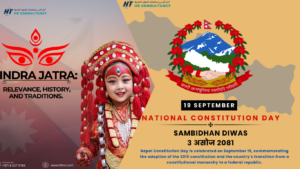
Kathmandu, a city steeped in history, is often considered a prehistoric gem. The origins of the sacred Pashupatinath region remain unrecorded in scriptures or inscriptions, yet the city’s rich culture, civilization, and heritage have become invaluable assets to the world. Long before many developed nations emerged, Kathmandu established foundations of social development through its monasteries, temples, and a commitment to justice and equality.
Onam: The Festival Of Kerala
History and Significance of Onam
The Legend of Onam:
Onam is a major festival celebrated in Kerala, marking the annual visit of King Mahabali (or Maveli) to his homeland. The origins of the festival are steeped in Hindu mythology. Mahabali was a benevolent demon king known for his just rule and immense popularity among his subjects. According to legend, Mahabali, the grandson of the sage Prahlada, had conquered the three worlds—heaven, earth, and the netherworld—defeating the Devas (gods) in the process.
Concerned about Mahabali’s increasing power, the Devas approached Lord Vishnu for help. Vishnu, who admired Mahabali’s devotion and fair rule, decided to test him. Taking the form of Vamana, a dwarf Brahmin boy, Vishnu asked Mahabali for three paces of land. The king, known for his generosity, granted this seemingly modest request. Vamana then grew to immense size, covering the earth and sky with his first two steps. With no land left for the third step, Mahabali offered his own head. Vamana placed his foot on Mahabali’s head, pushing him to the netherworld (Pathala). However, Vishnu, pleased by Mahabali’s devotion and righteousness, granted him the boon to return to his kingdom once every year. This annual visit of Mahabali is celebrated as Onam.
Significance of Onam:
Onam is not just a religious festival but also a celebration of Kerala’s rich cultural heritage. It signifies the end of the monsoon season and the beginning of the harvest period, highlighting the importance of agriculture, food, and the hard work of farmers. The festival fosters unity, as people of all communities, regardless of religion or caste, come together to celebrate. It symbolizes prosperity, joy, and communal harmony.
Cultural and Traditional Practices:
1. Atham (Day 1): On the first day of Onam, Keralites begin by creating a simple floral design called Athapoo (a basic Pookalam). This day marks the start of the festival, with homes decorated and prayers offered.
2. Chithira (Day 2): The second day involves cleaning homes and adding more layers of flowers to the Pookalam, which now includes earthen mounds representing King Mahabali.
3. Chodhi (Day 3): This day is reserved for shopping. People buy new clothes and jewelry to wear during the festival. The Pookalam is further elaborated with additional floral layers.
4. Vishakam (Day 4): The focus shifts to preparing the grand Onam feast (Onam Sadhya), which consists of multiple traditional vegetarian dishes served on banana leaves.
5. Anizham (Day 5): The highlight of this day is the Vallamkali, or snake boat race, held on the Pampa River. This exciting event is accompanied by a grand parade, drawing spectators from across Kerala.
6. Thriketta (Day 6): On this day, the Pookalam is further decorated with more flowers. People exchange gifts and those living away from their hometowns return to celebrate with their families.
7. Moolam (Day 7): The Onasadya, a special meal, is served in temples and homes. This day also features traditional dance performances like Puli Kali. Families visit each other’s homes to share blessings and celebrate.
8. Pooradam (Day 8): Miniatures of Mahabali and Vamana are brought home and placed in the center of the Pookalam. This symbolizes the welcoming of the king.
9. Uthradam (Day 9): Considered the peak of Onam, Uthradam marks the arrival of Mahabali in Kerala. Preparations for the Sadhya feast are finalized, and homes are cleaned and decorated.
10. Thiruvonam (Day 10): The final day of Onam features the completion of the Pookalam with rice flour batter. Celebrations include lighting, fireworks, and folk music and dance. This day also involves charity, with people donating to those in need.
An Overview:
Onam is celebrated during Chingam, the first month of the Malayalam calendar, and spans ten days. It is a time when Kerala is lush and green, thanks to the monsoon rains. The festival is a perfect reflection of Kerala’s culture and traditions, showcasing its agricultural roots and the spirit of unity among its people.
For those who cannot celebrate in Kerala, it’s easy to join in the festivities with the help of services like Milkbasket, which offers a range of products needed for the celebrations—from fresh flowers to ingredients for the Onam feast.
Wishing you a joyous and prosperous Onam!
Follow us on Instagram-
https://www.instagram.com/hithrcdubai/
Teej Festival
Teej Festival
Teej is one of the most significant festivals for Hindu women, celebrating and praying for the longevity of their husbands. Observed in August according to the Nepali calendar (Bhadra), the festival spans three days and is marked by traditional customs and cultural practices.
Origins of Teej Festival
According to Hindu mythology, specifically the Shree Swosthani Bratakatha, the festival traces back to a story involving Parvati. Fearing that her father, Himalaya, would fulfill his promise to Vishnu by giving her hand in marriage, Parvati fled to the forest with her friends. There, she prayed fervently to Shiva, asking to be married to him. Shiva granted her wish, and it was on this day that Parvati received her desired husband. Thus, Teej is celebrated by unmarried women hoping for a good husband and by married women praying for their husbands’ long, healthy, and prosperous lives.
Day 1: Dar Khana Din
The first day of Teej is known as Dar Khana Din. Women prepare and purchase food early in the morning, gathering with friends and family to cook and enjoy a feast of delicious foods and sweets by midnight. The day is filled with traditional folk songs and dances, with participants dressed in colorful saris. The celebration continues until midnight.
Day 2: Fasting
The second day is dedicated to fasting. Many women abstain from food and water, with married women observing the fast strictly to ensure their husbands’ longevity, peace, and prosperity. Unmarried women fast in hopes of finding a good husband. Women dress in traditional attire, including saris and gold ornaments gifted by their husbands (known as shrowa singar), and visit nearby temples to worship Shiva and Parvati. The day is also marked by singing, dancing, and lighting oil lamps throughout the night to pray for the well-being of their families.
Day 3: Ritual Bath in the River
The third day, Rishi Panchami, involves women gathering to take a ritual bath in a nearby river or lake. They use red mud and Datiun roots, an herbal plant, and brush their teeth with the Datiun. This practice is meant to cleanse both the body and soul after menstruation. During the day, women worship with the help of priests at their homes or in temples, and the festival concludes with more singing and dancing. It is a time for women to reconnect, share their joys and sorrows, and celebrate together.
Follow us on Instagram-
https://www.instagram.com/hithrcdubai/





